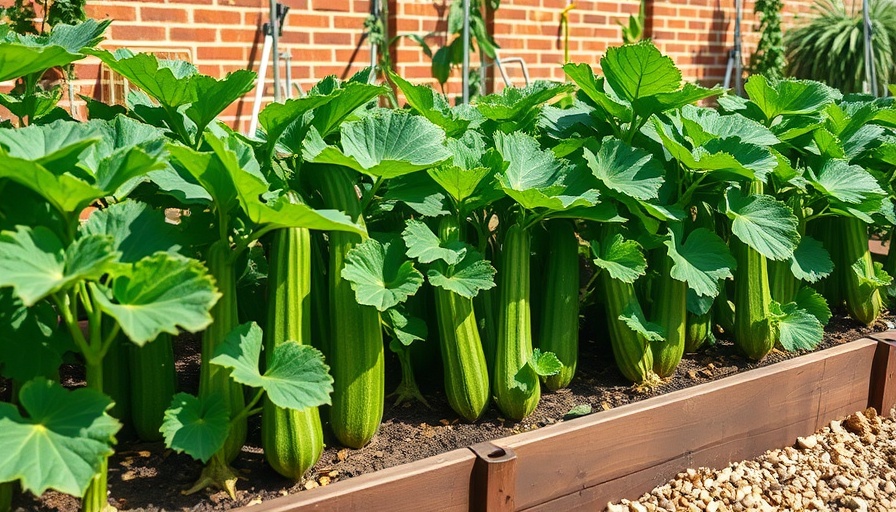
Understanding the Need for Pruning Zucchini Plants
Zucchini is a beloved staple among home gardeners, not only for its versatility as a vegetable but also for its relatively low maintenance requirements. But with any garden plant, proper care is essential to growing healthy and productive crops. Pruning may seem like a daunting task, but it can significantly benefit the growth and yield of zucchini plants.
Benefits of Pruning: A Path to Healthier Plants
Pruning zucchini plants helps improve air circulation, allows for better sunlight exposure, and can even encourage the plant to produce more fruits. This practice is especially crucial for vining varieties that can sometimes overshadow neighboring plants.
While pruning is generally optional for zucchini, if plants look overgrown or have any diseased leaves, trimming them back can prevent further issues. Knowing when and how to prune adds to your gardening skill set, leading to richer yields and healthier plants overall.
When Should You Prune?
Timing is key when it comes to pruning zucchini plants. The best periods for trimming are usually during their active growing phase or just as the first few fruits are developing. This approach minimizes plant stress, ensuring a better recovery and continued growth.
It's most important to prune late in the day, when the sun has set lower. This will help reduce stress on the plant after trimming, minimizing the risk of damage from sun exposure directly after pruning.
How to Prune: Techniques That Work
Different techniques can be applied depending on the type of zucchini you’re growing. For bush varieties, remove any overly large leaves that may block sun from reaching neighboring plants. With vining zucchinis, focus on trimming back thick growth and leaves that have turned yellow or brown—these may indicate poor health or disease.
Utilizing sharp pruning shears, cut at the base of undesirable stalks or leaves. It’s essential to make clean cuts to promote healing and to reduce the likelihood of disease entering through jagged edges.
Easy Ways to Avoid the Need for Pruning
If you want to minimize how often you need to prune zucchini, start by choosing the right variety. Selecting bush types designed for compact growing can significantly reduce the need for maintenance. These varieties are often perfect for container gardening, making them an excellent choice for urban gardeners with limited space.
Moreover, maintain good spacing when planting seeds. This ensures that air can circulate freely and sunlight can reach all parts of your plants, reducing overcrowding and the conditions that necessitate pruning.
Final Thoughts on Successful Gardening
Pruning your zucchini not only enhances their health but also contributes to the overall productivity of your garden. Embracing proper plant care, including understanding when to prune and how to mitigate overgrowth, creates an environment where your garden can flourish. By applying the insights shared here, you'll be well on your way to a flourishing zucchini harvest, showcasing the joys of vegetable gardening.
Take Action Now!
With your newfound knowledge about pruning zucchini plants, it’s time to implement these tips in your garden. Start by assessing your zucchini plants today: do they need trimming? Remember, gardening isn't just a task—it's an opportunity to cultivate joy and well-being in your life!
 Add Row
Add Row  Add
Add 




Write A Comment